Introduction In recent years, the shift towards metal roofing in…
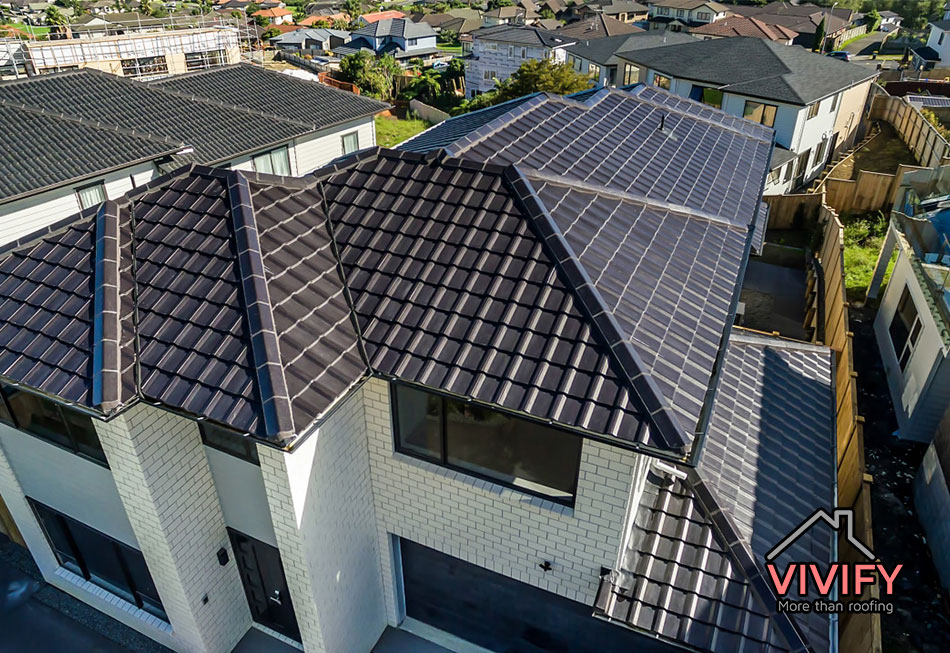
Roof Sealing – Resealing Colorbond and Tile Roofs
Taking care of your roof also means taking care of your home. It’s your house’s main line of defense against the elements and it is therefore crucial to keep it in top condition. Especially if you live in an area with harsh weather conditions such as Australia.
One of the sure ways to preserve your roof is to reseal it when necessary. While sealing a roof could sometimes be a costly project, it’s not something you need to do very often.
Resealing brings a lot of benefits to your property, the major one being the increased protection against leaks.
While some leaks may be minor and even hard to notice, they are inevitably a predecessor of greater problems. Sometimes when the water passes the roofing it creates a moist environment in the attic. Other times it finds its way into your home dripping over the furniture.
Whatever the case, when treated early enough, most leaks can be easily fixed by applying a quality sealant to your roof.
There are many types of sealants available on the market. To choose the most suitable option for you, you need to take into account the type of roof (flat or angled), the roofing material, and, of course, the goal you wish to achieve.
Why May Your Roof Need Resealing?
Roof resealing is done by applying a specialised coating to your roof that serves as an additional protection layer. It could be applied to both new roofs and old ones in need of some restoration.
Applying a layer of sealant is especially useful for flat roofs that tend to collect water and dirt. Still, any angled roof will also experience all the benefits when treated with a high-quality sealant.
Regardless of the type of roof, sealers still bring a lot of benefits worth investing in.
- Increases water-resistance. The main benefit of all sealants is additional water protection. Having an extra layer on top won’t let the water pass through the cracks on your roof. This is extremely important if you have a flat roof. While all sealants increase the water-resistance of your roof, some varieties are also breathable. In other words, moisture from inside the house due to showering and cooking will still be able to exit through your roof.
- Protects from extreme weather conditions. Australia is known for its harsh weather. Sun, rain, snow, and wind may be hard on your unprotected roof but a sealing layer will shield it from the elements.
- Keeps away dirt and stains. Sealing your roof covers it with a smooth surface that’s easy to clean and does not allow for dirt and stains to stick permanently on your roof.
- Prevents the growth of moss, mould, or algae. The smooth surface of a sealed roof also won’t allow for the moisture to stay in place. This will prevent mould and algae micro-organisms from developing and growing on your roof.
- Increased fire resistance. Some high-end sealants are also fire-resistant. While this is a great bonus after resealing your roof, if you are living in an area known for fire hazards, consider installing a metal roof as a better precaution method.
- Extends the life of your roof. A properly done resealing job can offer up to 10 years of warranty. This is 10 more years where you won’t have to worry about porous tiles, rust, colour fading, and other common issues.
- Prevents future costly repairs. When applied on time, sealing may help you avoid costly roof repairs later. Many minor issues can be fixed or avoided with the application of the sealant. However, if left unattended, the same minor issues may later result in expensive roof restoration projects.
- Available in a vast variety of colours. There is a huge selection of colours to suit every need, regardless if you are willing to refresh the current tone or to change it altogether.
- Balances the temperature inside and reduces energy consumption. Some sealants are believed to be able to aid you in controlling the temperature inside and therefore reducing the heating and cooling costs. In essence, darker-toned roofs are known for attracting the sunlight and lighter-toned roofs are known to deflect it.
- Increases property value. The fresh new look will add to the appeal of your home. A nice looking and well-maintained house will increase its value and inspire trust in potential buyers.
When applied properly, a resealing job could offer you many years of protection for your roof. To ensure you have an actual warranty to back up the job well done, be sure to hire a professional roofing company for the project.
Types of Sealers and Sealants
There are several commonly used types of sealants. Which one would suit your needs depends on the type of your roof and your personal preferences.
#1 Acrylic Coatings
Acrylic coatings are the most popular version on the market. They are available in water-based and solvent formulas. While there are acrylic coating formulas for every roofing type, each product is designed for a specific roofing base.
Check the individual data sheet on the product for the compatible surfaces.
For example, Shieldcoat Fillabond’s data sheet can be found here.
FILLABOND is an acrylic highbuild undercoat designed to fill porous, pitted and worn concrete and fibro roofs.
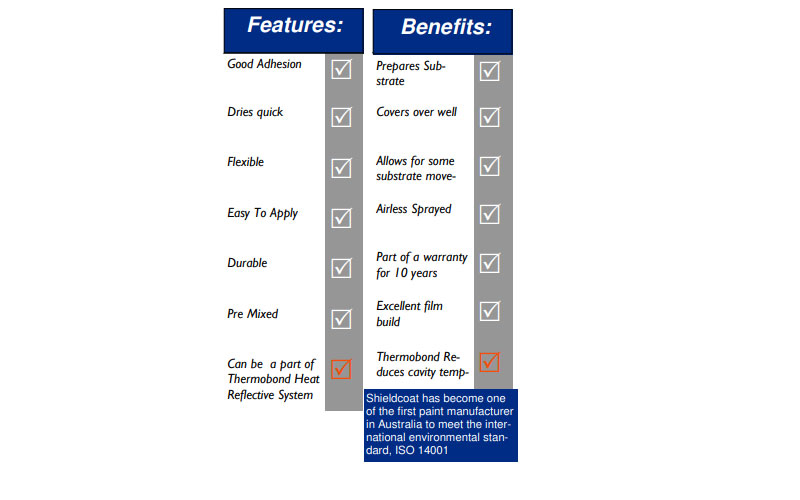
Acrylic coatings are a relatively cheap option and easy to apply with a brush, roller, or spray. They provide good protection against the weather conditions and Ultraviolet Rays (UV) rays; however, they are not a good choice for flat roofs as they don’t excel in handling ponded water.
It is important to note that they are not compatible with silicone coatings, so any previously applied layers should be carefully removed before applying the acrylic.
#2 Silicone Coatings
Silicone coatings are most popular in areas experiencing a lot of rain. The silicone also has great UV reflecting properties and is a good option if you wish to keep your home extra cool.
Because of the great water and chemical handling, silicone coatings are a relatively expensive option. They are also suitable for flat roofs, although it is still not recommended to walk over them.
When it comes to the application process, several specifics need to be noted. Silicone is hard to adhere to and therefore requires a primer to be applied first. Primer is not required only when the base is concrete or existing silicone coating, but it is still recommended to ensure good adhesion.
If you’re recoating the surface, any previous coatings should be removed unless you are applying over silicone in good condition as a second layer.
#3 Polyurethane Coatings
Polyurethane coatings are known for their high abrasion resistance which makes them an excellent option for roofs that experience high foot traffic or areas prone to hailstorms.
Polyurethane coatings are available in aliphatic and aromatic options, both of which are solvent-based and have strong odour during application. Aromatic polyurethane is usually less expensive than aliphatic.
Aromatic polyurethane coatings are not suitable as a top coating because of their UV degradation properties. They are commonly used as a base for applying aliphatic coating which is UV stable and can be left as a top cover.
#4 Asphalt Coatings
Asphalt coatings come in a black water-based emulsion, solvent-based cutback, or aluminised. All varieties are available in fibered or non-fibered options. They are most suitable for those in need of a weather-proof, UV stable, and reflective surface.
Choosing the Best Option
Each type of coating has its strong and weak sides. The type of coating that would work for you depends mainly on the benefits you are looking to get.
Do you need to repair minor leaks? Do you wish for a more energy-efficient roof? If you’re not sure which option would suit you best, it might be a good idea to consult with a roofing company.
Colorbond Roof Sealing
Colorbond roofs are becoming more and more popular throughout Australia. They are lighter and more water-resistant than tiled roofs.
Roofs made of Colorbond steel are resistant to corrosion, unlike other metal roofs. And they are relatively affordable to assemble and maintain compared to some other roofing materials.
Still, despite their many benefits, every now and then Colorbond roofs need some taking care of to make sure they are always in top condition. One of the easiest ways to do this is by resealing the surface.
Colorbond, as well as other metal roofs, can be sealed by applying a specialised sealant, silicone and polyurethane coatings being a couple of suitable options. The other way to seal the metal sheets on the roof is by applying quality primer and paint, which will effectively seal the metal.
There is a commonly spread myth that Colorbond steel roofs cannot be painted. In fact, Colorbond roofs can easily be sealed or painted given that you have selected the proper product for the material according to the manufacturer’s guideline.
Some of the most common reasons for resealing or repainting a Colorbond roof include:
- Bubbling or flaking paint
- Chalky appearance
- Faded colour
- Stubborn stains
- Seawater environment
Before proceeding with the sealing however, make sure that the roof is thoroughly cleaned, including old and peeled paint or sealant layers.
It is highly recommended that smaller items such as dektites, screws and washers are replaced.
Some older Colorbond and tin roofs may have rubber washers, painting over the old washers can accelerate deterioration that can lead to break down and leakage, its best to replace them with neoprene washers.
After all, there is no point in resealing the whole Colorbond or metal roof if the old rubber washers are going to leak.
When inspecting the roof before the sealing, turn special attention to the condition of the metal surface, screws and other fixtures, flashing, as well as seals and joints between the metal sheets.
Metal Roof Sealing
Metal roofs are made of multiple overlapping panels of metal. The materials that are most commonly used are iron, tin, or aluminium. They are usually prone to corrosion and rust, particularly those that do not come pre-sealed.
Sun and rain may have a significant effect on your unprotected metal roof. One of the most common issues with metal roofs occurs when water pools in one place, making it hard to dry out.
When the water reacts with the metal for too long it results in rust, which when left untreated may result in severe leaks. Such issues are quite expensive to repair and in the meantime can also cause quite a lot of damage to your interior.
Applying a high-quality sealer adds a protective layer that could prevent the damage caused by the elements on the raw surface. Another benefit of sealing metal roofs comes from their overlapping nature. When the overlapping points are sealed, the protective layer prevents water from being pushed back to the roof cavities.
A good rule of thumb is to also add sealant to any fixings such as screws and fastenings. These fixings usually present a weak spot during severe storms. Keeping them sealed will prevent them from scratching the coatings when high winds occur.
Metal roofs are also prone to get discoloured and fade. Coloured sealant could bring back the shiny new look of your roof and improve the overall charm of your home.
Today, sealers and sealants for metal roofs are available in a vast variety of colours to suit every need. Still, if you prefer a subtle version to add a layer of protection without altering the tone, a clear sealant will do the job just fine. Not to mention that it will bring the shine back to your roof.
Just like Colorbond steel, and any other roofing material, metal roofs need to be carefully prepared for the job. Clean and inspect the surface of the roof and fix any issues that need to be addressed immediately.
Tile Roof Sealing
Roof tiles are a very popular option not only in Australia but worldwide. Their classy look adds a cosy feeling to any home. Still, roof tiles are not only beautiful but also incredibly durable.
Concrete tiles were used as early as the 19th century, and terracotta tiles for centuries before that. Even though concrete tiles were not sealed at first, they prove to be very reliable in terms of durability.
With the advance of modern technologies manufacturers started to colour and seal them to add to their appeal and make them even stronger. Today concrete tiles are sealed to extend their life and ensure they will not stain and fade away easily.
Terracotta tiles are made of clay-based ceramic and include a lot of additives and minerals to make them even more durable and both heat and water-resistant.
Both concrete and terracotta tiles are porous in nature. The tiny pores on the tiles tend to collect moisture from the rain and air, as well as to gather dirt. In winter months the water in the pores freezes which extends the pores and eventually may crack or chip the tiles.
Adding a sealant on the tiles fills the pores and prevents them from collecting water and dirt. This way the sealing ensures far greater water resistance and prolongs their lifespan.
The smooth surface of the sealed tiles will also allow the water to drain quickly without creating a moist environment that invites mould to grow over or under your tiled roof. Moss and dirt will also be significantly reduced when compared to unsealed tiles.
Just like metal roofs, the colour of tiled roofs also tends to fade away with time. Especially if you have chosen a darker tone for your home that attracts more UV light. A roof resealing could refresh the looks of your home and improve the exterior aesthetic by creating a shiny new-looking surface.
Before deciding to reseal your tile roof, first, you need to clean your roof carefully. After that make sure to perform a detailed inspection on your roof. It’s best if cleaning and inspection are done by a professional roofing company.
While washing your roof yourself poses a risk of flooding your home, inspection from an untrained eye may leave many issues to pass unnoticed. Lookout for :
- Cracked, broken, or missing tiles
- Current leaks
- Damaged ridge caps and pointing
- Lichen, moss, and dirt
Any issues found should be fixed before proceeding with the resealing. The highest priority should be treated with any cracked, broken, or misplaced tiles.
Can You Seal Your Roof Yourself?
Roof repairs are usually quite costly. While applying a new sealing layer is usually a less expensive project, it still takes up quite a bit from the family budget. Because of this many people decide to try to do it themselves.
If you’re handy enough you may consider resealing your roof yourself. However, there are several things you need to keep in mind:
- Consult with a professional beforehand. There may be minor issues with your roof that need to be addressed beforehand like broken or misplaced tiles, rust, etc.
- Guardrails are a requirement in Melbourne. If your roof is over 2 meters high you are required to install guardrails for any roofing job in the Melbourne area.
- Warranty is only available from professional contractors. While all renowned product manufacturers offer a warranty on materials, the warranty is only available when done by a professional roofing company.
- Walking on a tile roof could do more harm than good. If you’re a proud owner of a terracotta roof keep in mind that tiles are easily broken when walked over. And broken tiles inevitably lead to leaks.
- Working on your roof may be dangerous. Safety should always come first. If you’re not confident in what you’re doing better leave the job to the professionals.
If you would rather let a certified, licensed professional take care of the tough job of resealing your roof, Vivify Roofing is ready to help. We’ve been restoring, repairing, and resealing roofs in the Melbourne area for years. And we would love to add you to our long list of happy Melbourne Roof Restoration customers.

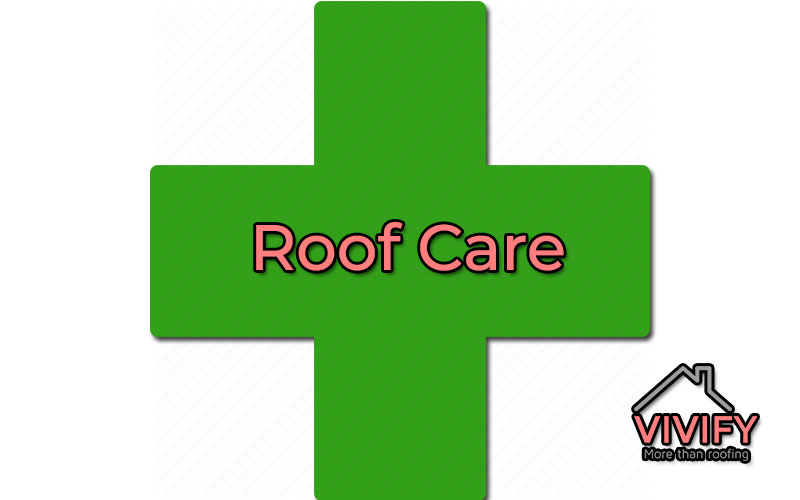
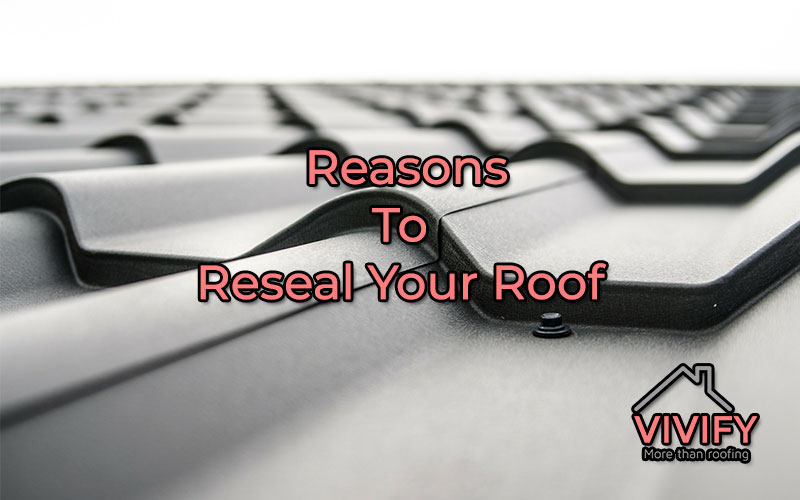
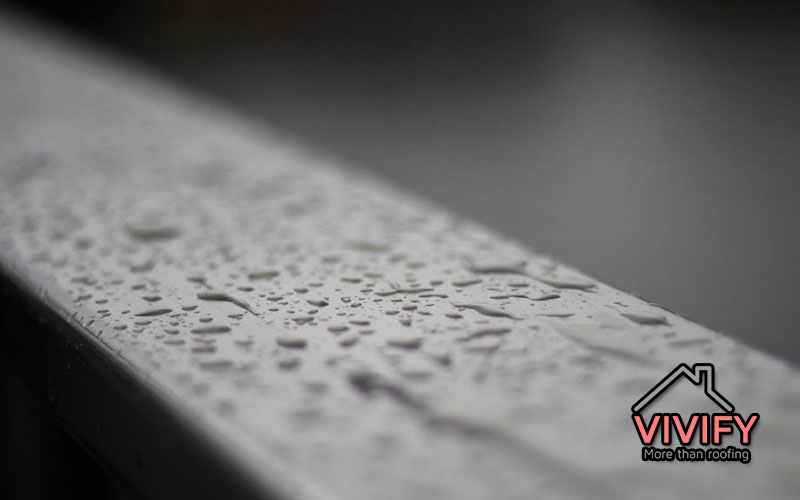
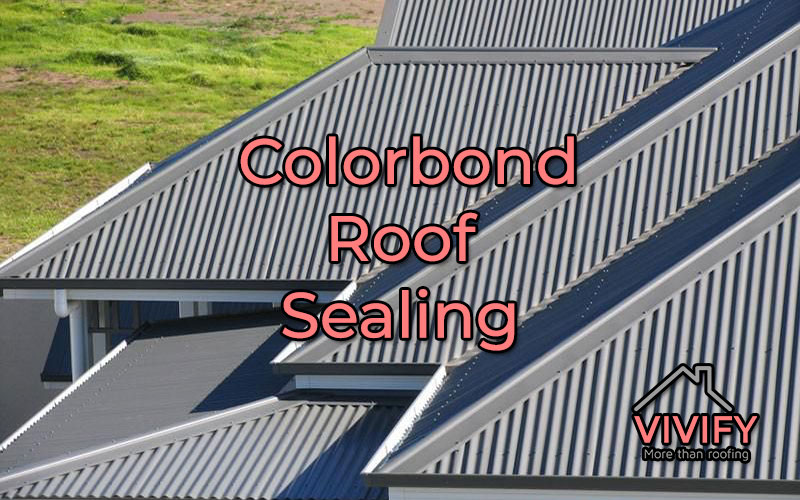
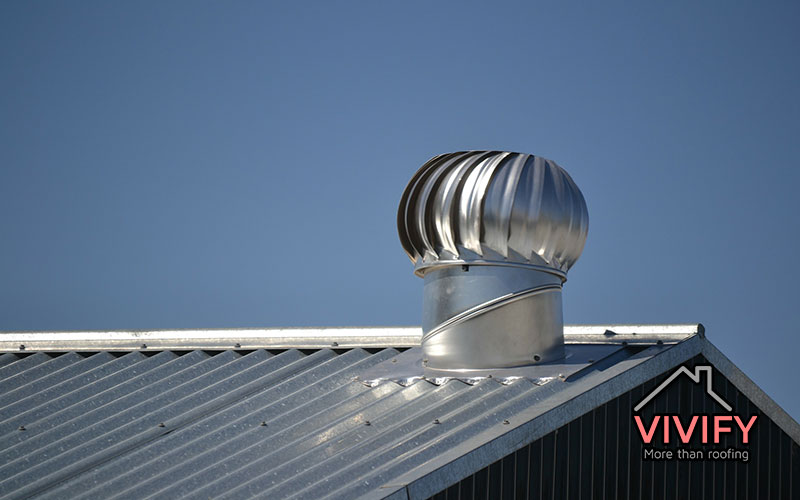
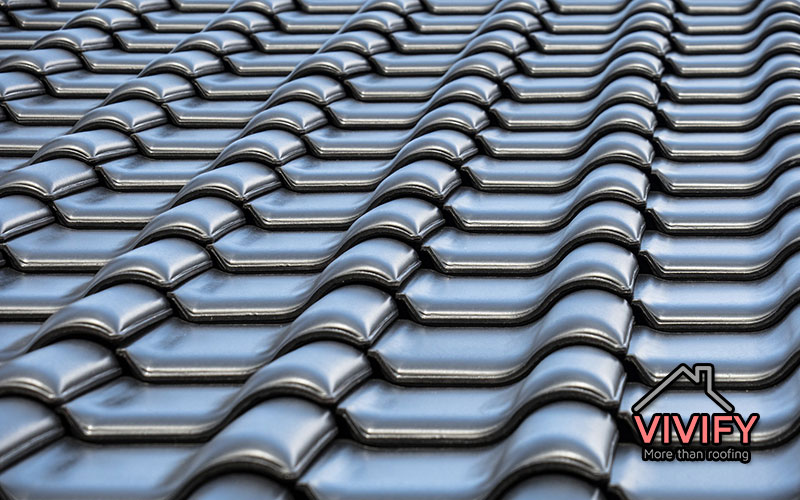
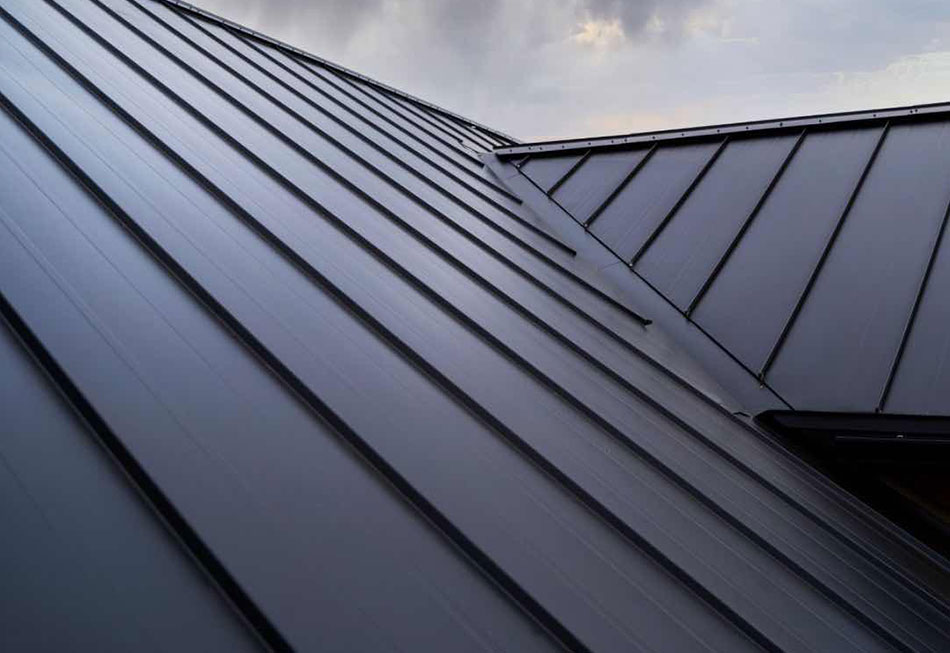
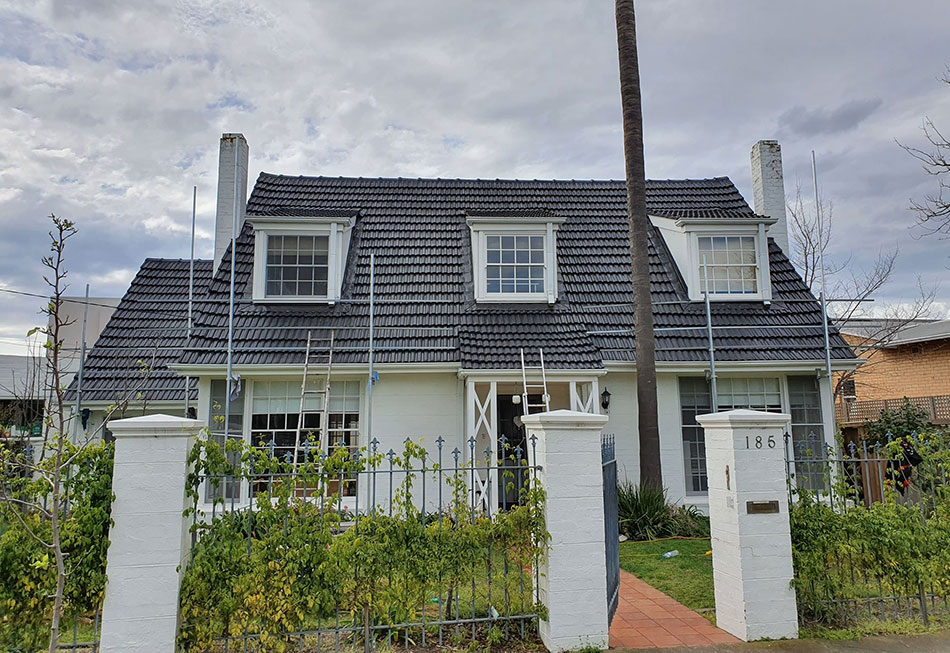
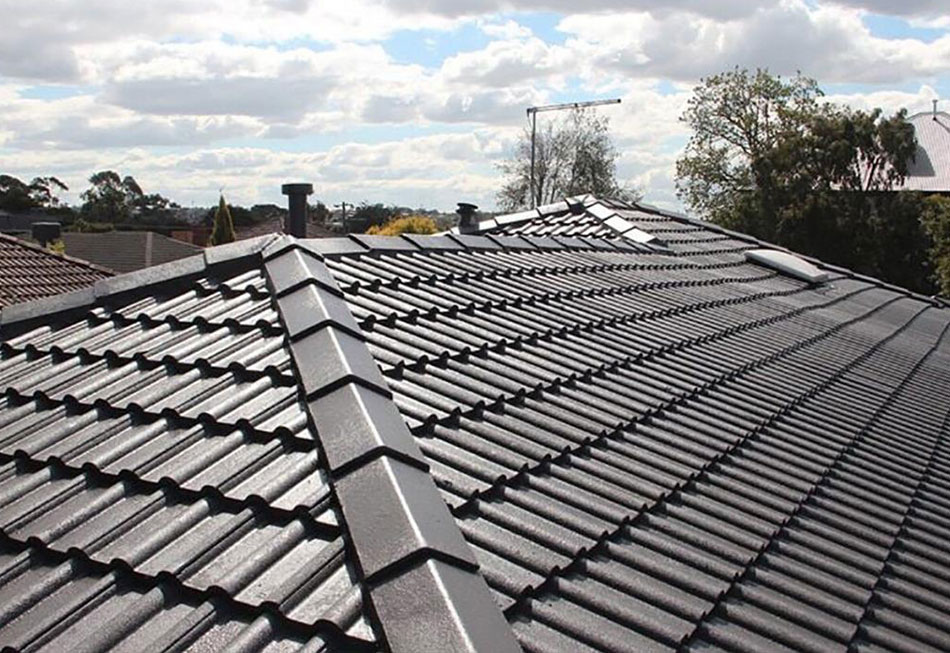

This Post Has 0 Comments